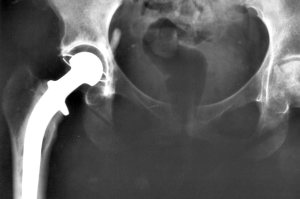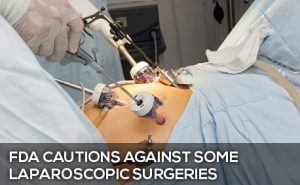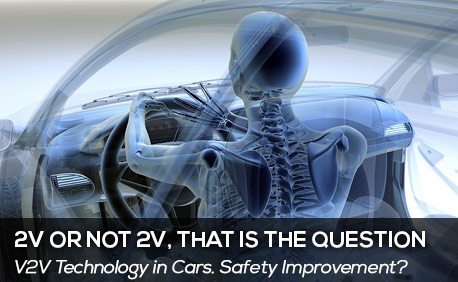 According to its own website, the FDA “is responsible for protecting the public health by assuring the safety, effectiveness, quality, and security of human and veterinary drugs, vaccines and other biological products, and medical devices.”
According to its own website, the FDA “is responsible for protecting the public health by assuring the safety, effectiveness, quality, and security of human and veterinary drugs, vaccines and other biological products, and medical devices.”
But does the FDA protect the public? As recently reported by Slate magazine:
“When the FDA finds scientific fraud or misconduct, the agency doesn’t notify the public, the medical establishment, or even the scientific community that the results of a medical experiment are not to be trusted. On the contrary. For more than a decade, the FDA has shown a pattern of burying the details of misconduct. As a result, nobody ever finds out which data is bogus, which experiments are tainted, and which drugs might be on the market under false pretenses. The FDA has repeatedly hidden evidence of scientific fraud not just from the public, but also from its most trusted scientific advisers, even as they were deciding whether or not a new drug should be allowed on the market. Even a congressional panel investigating a case of fraud regarding a dangerous drug couldn’t get forthright answers. For an agency devoted to protecting the public from bogus medical science, the FDA seems to be spending an awful lot of effort protecting the perpetrators of bogus science from the public.”
 South Carolina Lawyer Blog
South Carolina Lawyer Blog


 At the annual conference of the American Academy of Orthopaedic Surgeons earlier this year, Mayo Clinic researchers reported that 2.5 million Americans are living with artificial hips, surgically implanted when their natural joints degenerated or were fractured. Most of these patients found themselves with a new lease on life after their surgery, able to resume the normal activities they had enjoyed before their hips gave out. For thousands, however, the hip replacement devices led to disappointment, debilitating pain, and do-over surgery.
At the annual conference of the American Academy of Orthopaedic Surgeons earlier this year, Mayo Clinic researchers reported that 2.5 million Americans are living with artificial hips, surgically implanted when their natural joints degenerated or were fractured. Most of these patients found themselves with a new lease on life after their surgery, able to resume the normal activities they had enjoyed before their hips gave out. For thousands, however, the hip replacement devices led to disappointment, debilitating pain, and do-over surgery.




